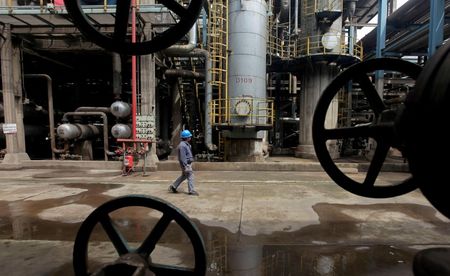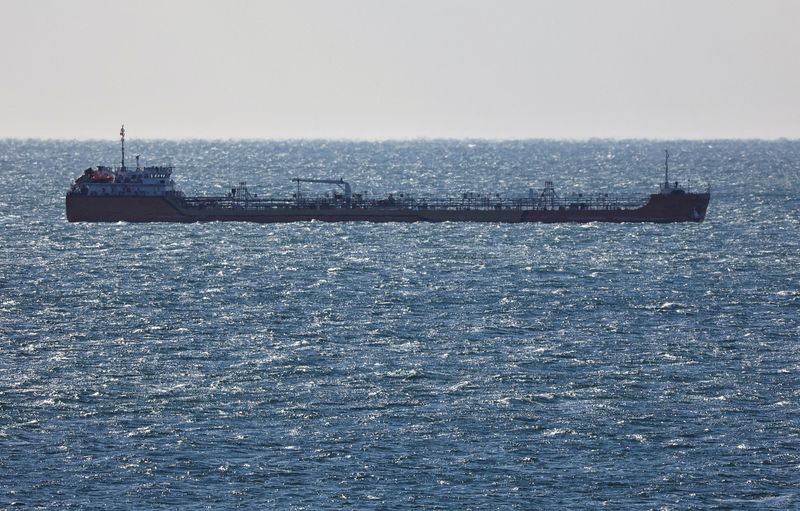
Investing.com — The next 6 to 9 months are likely to see a major escalation in the Middle East, with a 60% probability, as per analysts at Alpine Macro.
The geopolitical tension between Israel and Iran has intensified following Tehran’s missile strikes on Israeli territory on October 1, 2024.
This incident marked a dangerous escalation, with Iran justifying its attack as retaliation for the assassination of Hamas leader Ismail Haniyeh and Israel’s significant advances against Hezbollah, including the killing of its leader, Hassan Nasrallah.
However, these missile attacks from Iran far exceed typical deterrence measures, signaling a shift towards more aggressive posturing.
Iran’s actions are seen as a response to its deteriorating domestic situation. The regime, facing internal crises, appears to be using external military force to consolidate its power at home.
Israel, on the other hand, perceives existential threats from Hezbollah, Hamas, and Iranian missile strikes, leaving little room for de-escalation in a zero-sum game.
A major escalation could take various forms, according to Alpine Macro. Scenario one predicts a conflict between Israel and Iranian proxies in Lebanon, with spillover into Syria and Iraq.
This is already partially playing out, but the confrontation hasn’t yet reached a sustained level. In scenario two, a direct and sustained conflict between Israel and Iran could unfold, representing the most dangerous outcome.
Such a scenario would disrupt the entire Persian Gulf region, potentially leading to significant global economic ramifications, especially in oil markets.
One of the most concerning possibilities involves Israel launching retaliatory strikes on Iran’s nuclear facilities or other key assets, which could provoke a wider regional conflict and potentially draw in the United States.
In the worst-case scenario, Iran could close the Strait of Hormuz, cutting off critical oil supplies and triggering a global energy crisis.
While escalation seems more likely, there is still a 30% chance that the war remains confined to Gaza, without spreading to a broader regional conflict.
There’s also a slim 10% chance of a lasting truce, though this is less probable given the deep-rooted hostilities and the complex regional dynamics.
U.S. pressure on Israel could influence its military response, potentially limiting the scope of Israeli strikes to Iranian airbases, for instance, in an effort to avoid a full-scale war.
Two wildcards add further uncertainty to the region’s future. First, Iran might accelerate its nuclear program, potentially declaring itself a nuclear power, a move that would likely provoke a preemptive Israeli or U.S. military strike, with unpredictable consequences.
Second, the upcoming U.S. presidential election could alter the regional calculus. The current Biden administration is working to prevent an escalation, but if Donald Trump wins, Iran might choose to escalate further before his more hawkish administration takes office.
Conversely, a possible victory by Vice President Kamala Harris might prompt Israel to take preemptive action, fearing her administration would push for restraint and ceasefires.
The market implications of these geopolitical tensions are already being felt, with oil prices rising by 10% since Iran’s October missile strikes.
Should the Israel-Iran conflict intensify, oil prices could surge further, with a broader regional war potentially doubling prices. A conflict that disrupts oil shipments from the Persian Gulf could have a severe and sustained impact on global markets.
In light of these risks, Alpine Macro suggests that investors hedge by acquiring oil-related assets outside the Middle East, as these would benefit from higher prices and their geographical distance from the conflict.
This post is originally published on INVESTING.


